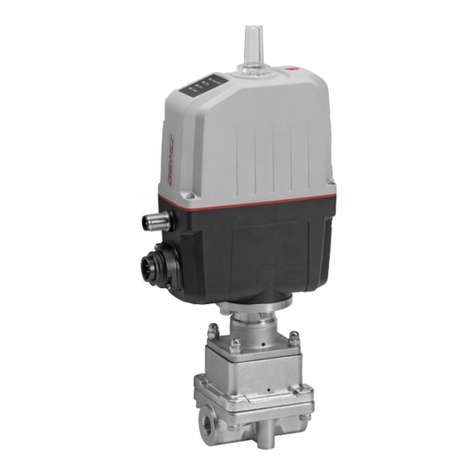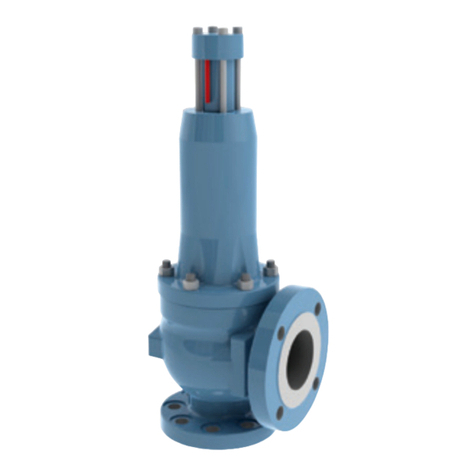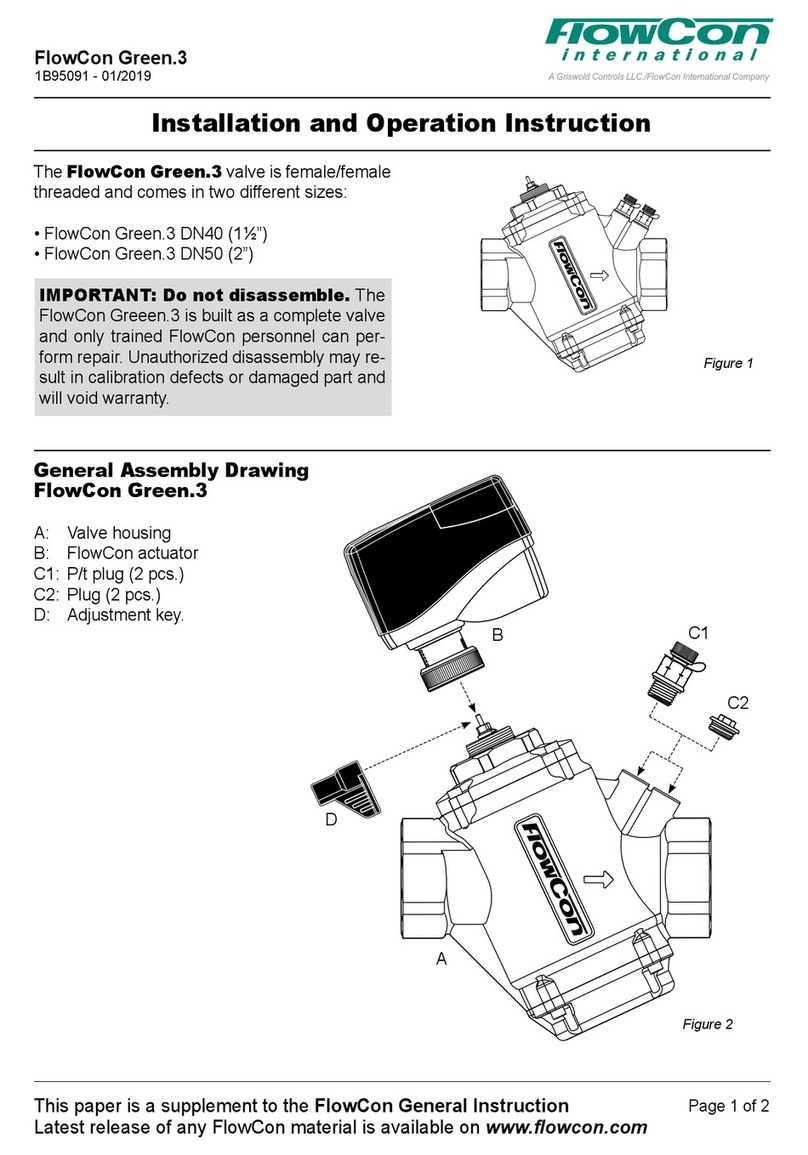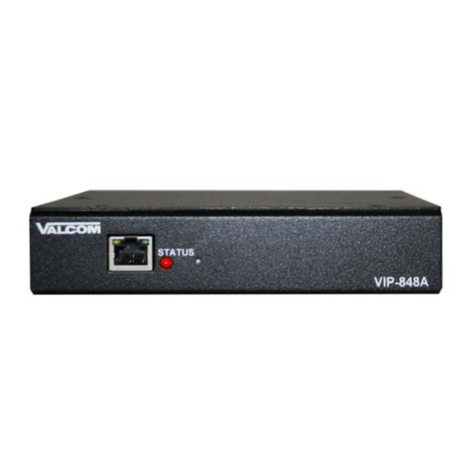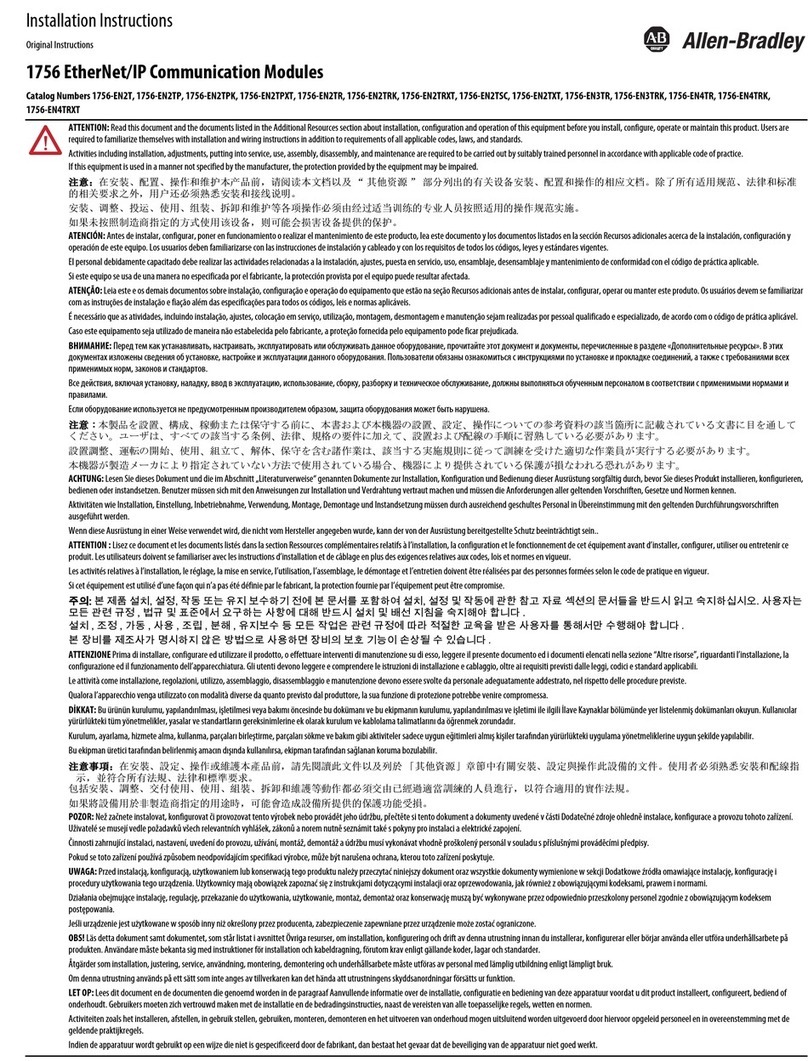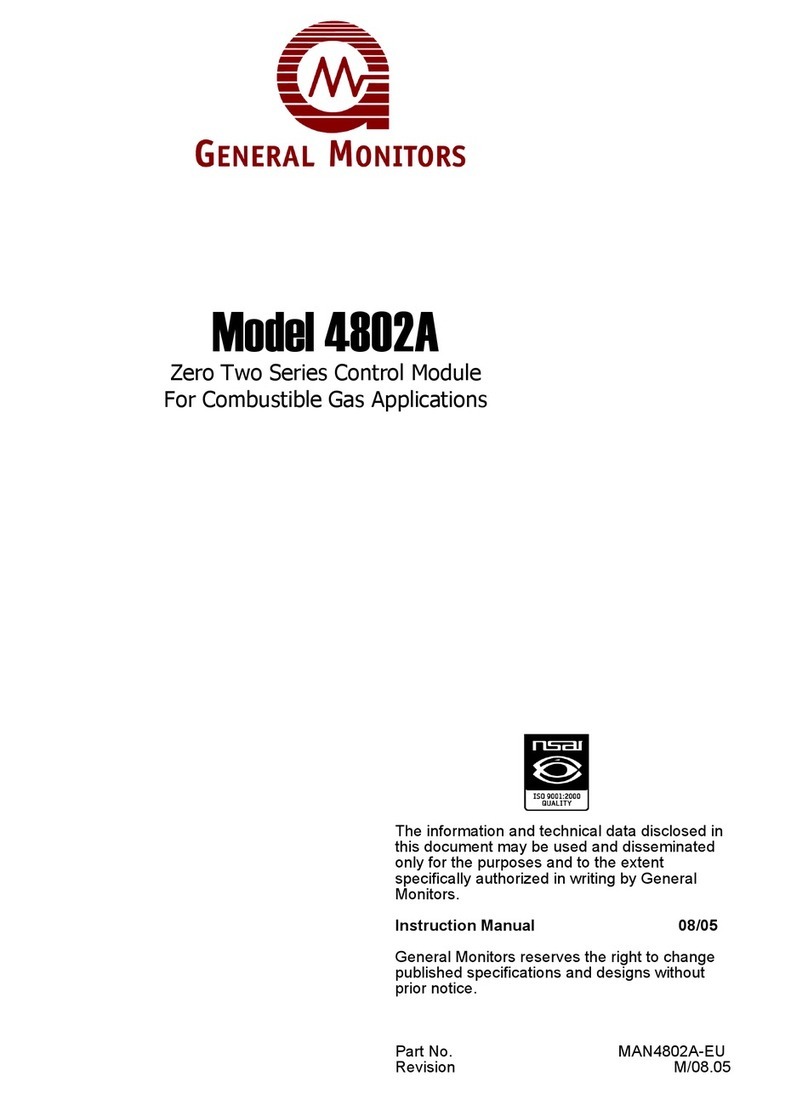Benchmark HPA-2 User manual

Specs
Input Stereo 200 kBalanced Inputs
Input Clip +26.5 dBu with ±15 volt supplies
Output Stereo, for use with 1/4" Tip/Ring/Sleeve plugs only, other panel
connectors may be wired to the amplifier by way of on-board output
connectors
Output Impedance "0 "
Output Clip Dependant upon power voltage and load [+20 dBu @ ±15V and 60
load]
Load Impedance 30 or higher
Output Level Up to +20 dBu into 60 [dependent upon power source]
Output Control Dual log taper response
Gain Range Off to +20 dB
Bandwidth 0.1 Hz to 300 kHz minimum
THD+N 0.0003% typical at headphone inputs - under load!
Noise Floor Better than -75 dBu at maximum gain
Power (Bipolar) ± 9 to ± 18 volts, maximum peak current needed = 1.1
Amp at maximum peak output into 30
Peak Output 7.5 watts [±18 volt supplies. 30 load]
Max Avg Output 1.35 watts [-8 dB peak to average ratio]
Amplifier Board Length behind panel = 3.760", width = 1.335", mounting hole
diameter = 0.437" [7/16"]
Gain Ctrl Board Length behind panel = 1.025", width = 1.335", mounting hole
diameter = 0.275" [J drill or 9/32 (0.281)], shaft length = 0.385",
shaft diameter. = 0.235" [16-star spline]
Spacing Minimum spacing between Gain Control Board mounting hole and
1/4" jack = 7.5"
Minimum spacing between Amplifier Board and Gain Control Board =
0.75" [both boards mounted vertically], Maximum panel thickness =
0.1". Knob diameter = 0.75", length = 0.75"
Knob Volume control knob included
HPA-2 Instruction Manual, Revision 1
Copyright © 2006 Benchmark Media Systems, Inc.
All rights reserved.
Benchmark Media Systems, Inc.
5925 Court Street Road
Syracuse, NY 13206-1707 USA
+1-315-437-6300, FAX +1-315-437-8119
1-800-BNCHMRK (1-800-262-4675)
benchmarkmedia.com
HPA-2
Audiophile Grade Stereo Headphone Amplifier Module
The Benchmark HPA-2 is a high-power audiophile-grade stereo
headphone amplifier module that can be mounted in virtually any
location. One of the most popular uses of the HPA-2 is with custom
constructed radio talk show round tables. The HPA-2 features sonic
purity that fulfills even the most demanding headphone applications.
The HPA-2 is designed to power all headphones that have a load
impedance of 30 or higher. It is not designed to power headphones
that have 8 load impedance.
The HPA-2 requires a bipolar power supply using voltages from a
recommended minimum of ±9 volts to an absolute maximum of
±18.7 volts. The higher the power supply voltages the higher the
possible output level from the headphones. The higher the output
current from the external power supply the greater the number of
HPA-2s and headphones that may be used in the system.

Installation
Mount the power amplifier board to a metal plate using a 7/16” (11.11 mm) diameter
mounting hole. Mount the gain control pot and it’s board into a panel having a maximum
thickness of 0.086” (2.20 mm) and a mounting hole diameter of 9/32” (7.14 mm). The
interconnect cable allows the pot board to be mounted within a radius of about 5 inches
from the main power amplifier board.
All connections are made with Molex SL connectors. A kit of latching and polarized mating
Molex SL connectors as well as an appropriate crimp tool is available from Benchmark.
Connect the signal input lines to the input connectors. These connectors are located at the
extreme end of the module. Whether feeding from a balanced source or an unbalanced
source, you should wire the input as though it were receiving its signal from a balanced
source. Use the “forward reference” technique outlined in the Benchmark Media Systems
application note – “A Clean Audio Installation Guide”. This application note is available for
download from the Benchmark web site. Using this wiring technique will help eliminate
hum pickup from the system.
As previously noted, the HPA-2 must be powered from a bi-polar power supply with a
recommended minimum power voltage of ±9 volts and an absolute maximum power
voltage of ±18.7 volts. Voltages that are less than ±9 will generally not provide adequately
high output volume from the headphones. Voltages that are higher than ±18.7 may cause
catastrophic failure of the HPA-2.
Connect power to the power input connector location that is approximately the middle of
the board. There are two connectors that may be used for power connections. Actually, one
may be used for power input, whereas the second may be used for a power loopthrough to
another HPA-2. The polarity of the power connections is shown on the diagram. The main
board has a bridge rectifier that prevents polarity reversal with the power from destroying
the board. However it is critical that the “ground” connection be made properly. Ground
(earth, common) must be connected to the center pin of the connector.
Additional Output Connectors
The current capability of the output amplifier allows it to provide current feed to at least
two simultaneous headphones. This makes the amplifier convenient for simultaneous
listening by two people for sonic comparisons. There are two additional outputs. The first is
the parallel output noted above. The second is a switched output which is muted when a
headphone plug is inserted.
Power Sourcing
The power requirements of the HPA-2 are directly dependent upon the load impedance of
the headphones. If a second set of headphones are used in parallel with the main
headphones, then the following the lowest specified load impedance of 30 will have a
total load of Z = 15 (two channels) and therefore with a ±15 volt power supply voltage
(E peak = +15 Volts), a peak current requirement will be 1 Amp from the HPA-2.
I = E/Z
I = 15/15
I = 1 Amp
Higher impedance headphones or using only one pair of headphones will require a lower
peak current and is easily calculated from Ohms law as above.
Since current is stored in the on-board 330 µF capacitors, the actual peak current
requirement is somewhat reduced from the above specification. Additional external filter
capacitors may be added to a power supply for the purpose of bringing the peak current
requirement closer to the average power supply current rating needed.
Circuit Design
Input Stage
The input stage of the HPA-2 features balanced 200 kinput impedance and over-voltage
protection. The balanced input provides both common mode rejection to interfering signals
and allows input polarity selection for proper acoustic output polarity. This is true whether
fed from a balanced or an unbalanced source. This input is a very high input impedance
buffer amplifier which in turn feeds a standard differential amplifier.
The following discussion assumes power supply voltages of ±15 volts. The higher the
power supply voltage the greater the input signal level it can tolerate.
The differential amplifiers gain is -6.02 dB. This allows the input to accept signals that are
as high as +27 dBu balanced. Since the input buffers will only accept a maximum signal
level of +21 dBu by taking this gain loss after the buffers the diff amp will accept the
combined signal swings from the buffers at the + 27 dBu level.
0.1% tolerance gain determining resistors, provide a common mode rejection of
approximately 60 dB without trim being required. The bandwidth of the differential
amplifier is set by the 180 pF feedback capacitors in conjunction with the feedback
resistors of 2.49 k resistors. The bandwidth is 356 kHz.
Volume Control Stage
The volume control stage of the HPA-2 is a separate PCB with the volume control
potentiometer attached to the board. The signal that is fed to the board has a “zero”
impedance source and the return signal also has a “zero” impedance. This technique
provides both immunity from interfering signals and virtually eliminates crosstalk form the
interconnect wiring. This stage is an inverting amplifier with a minimum bandwidth of
731 kHz.
The gain range of the volume control circuit is from off to +26 dB. Since the differential
amplifier has a gain of -6 dB the overall gain of the HPA-2 is from “off” (– infinity) to
+20 dB.
Output Stage
The output stage consists of a current buffer driven from a non-inverting operational
amplifier. The buffer in included within the feedback loop of the operational amplifier. The
buffer is a low distortion device to begin with. Placing it within the feedback look of the
operational amplifier further reduces the distortion produced by the circuit. The buffer
provides output current of up to 0.5 amp. This current capability is sufficient to most
adequately drive modern headphones. The “0 ” output of the amplifier stage is taken
directly to drive and control the diaphragms of the headphones. As such, the HPA-2 has a
very high damping factor and excellent high frequency, transient, and distortion
performance.
Popular Control Unit manuals by other brands

VPro
VPro A instruction manual
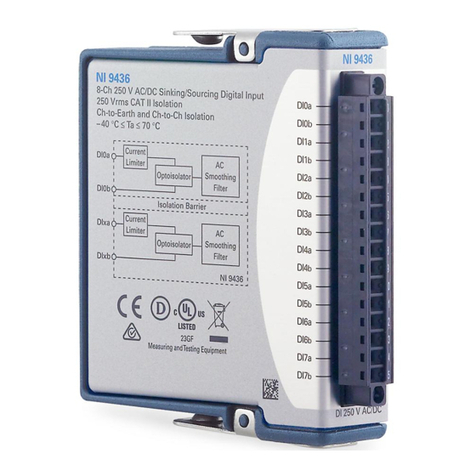
National Instruments
National Instruments NI 9436 Getting started guide
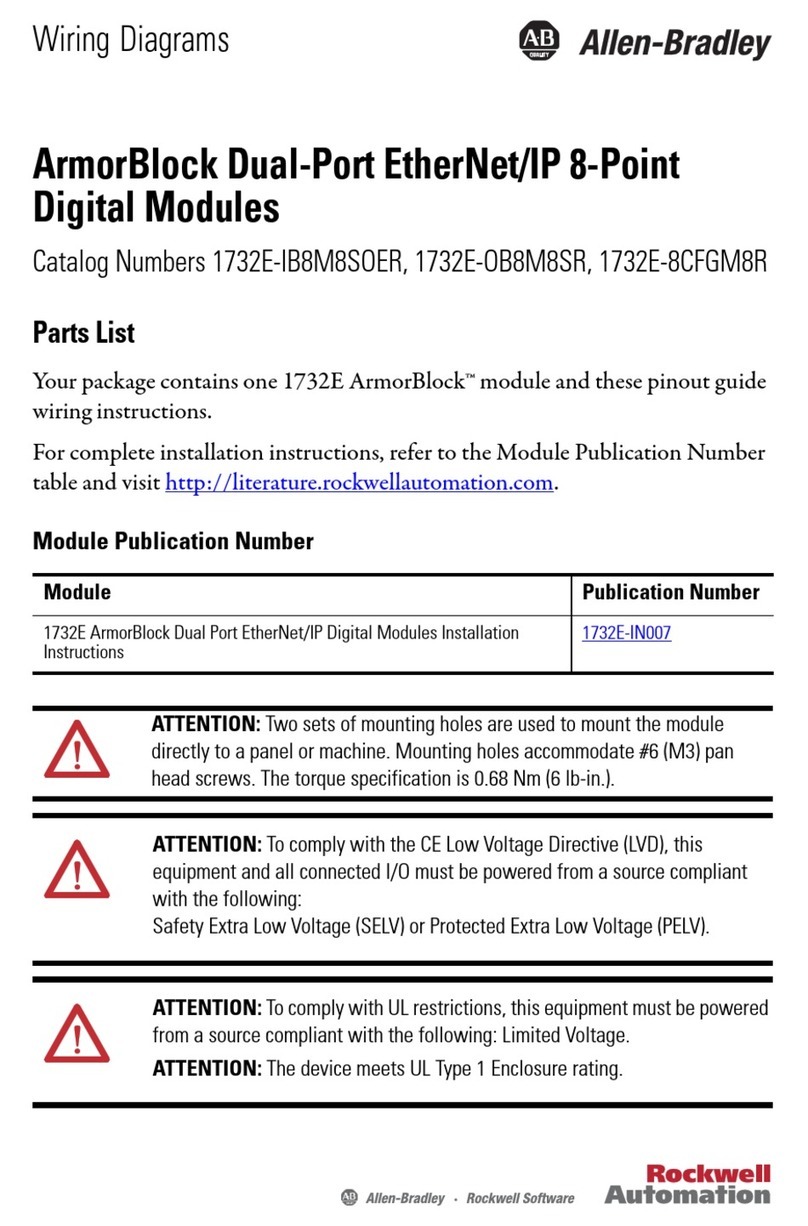
Allen-Bradley
Allen-Bradley ArmorBlock Series Wiring diagrams
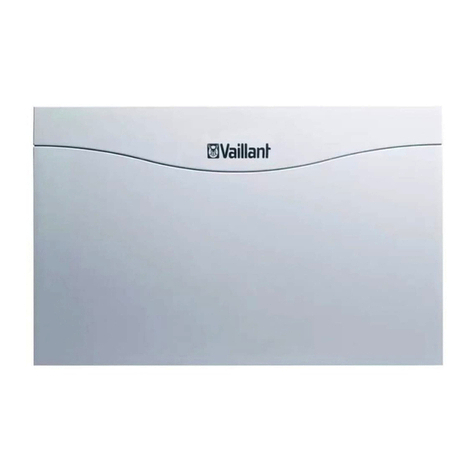
Vaillant
Vaillant Mixer module VR 61 OPERATING AND INSTALLATION Manual

LumiGrow
LumiGrow smartPAR Pro 650e Installation & quick start guide
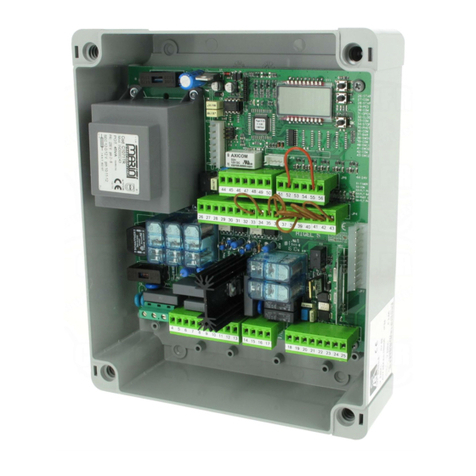
BFT
BFT RIGEL 5 Installation and user manual
